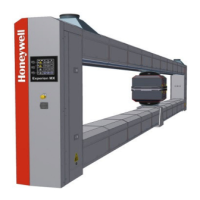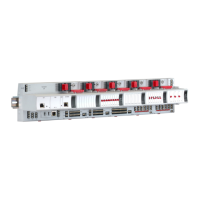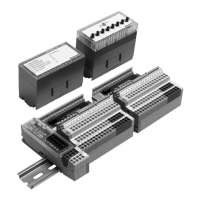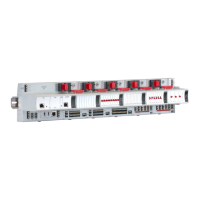Using points
This section describes points and various methods you can use to control points.
About points
A point is a collection of information about a particular part of your system. For example, a
point representing a motor would include:
n
An ID, also known as a tag name, which uniquely identifies the motor.
n
A description.
n
A full item name. The full item name indicates a point's location within the Asset
Model, for example, /assets/Plant/Filtration/Tank/FlowMeter indicates that the point
named Flowmeter is assigned to the asset named Tank which is itself assigned to the
assets name Filtration and Plant which are interconnected in a hierarchy.
n
The current state (off or on).
n
The desired state. This is applicable if you are allowed to control the point. For
example, if current state of the motor is 'On' you can change the real state of the motor
to 'Off' using the display.
About point parameters
Each item of information about a point is called a parameter. The main parameters store:
n
The current value or state of the point (sometimes referred to as Process Variable or
PV).
n
The desired value or state of the point (sometimes referred to as Set Point or SP).
n
The output value of the point (sometimes referred to as OP).
n
The control state of the point, that is, whether the point is being automatically
controlled or manually controlled (sometimes referred to as Mode or MD).
n
For EFM meters, the status of data collection and export.
Because data is exported for use by third-party gas measurement systems, you cannot
read the collected data.
Not all points will have all of these parameters.
About assets
Assets can represent entities such as fixed plant equipment, materials, and buildings. The
Asset Model provides a hierarchical structure that resembles your organization.
Using points
Honeywell 2017 93

